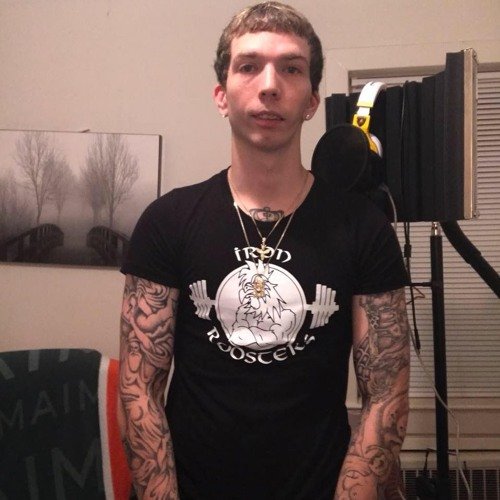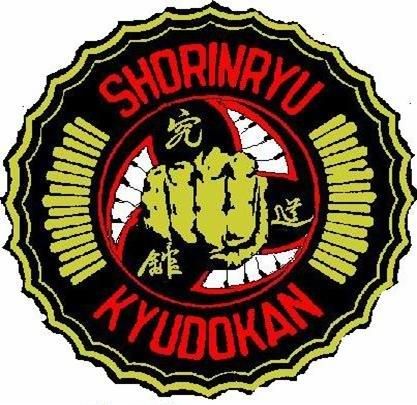
That figure doesn’t include those who die on the streets after being kicked out of rehab while still addicted, or in hospitals, or at sober living homes.Ĭritics see the lack of oversight for the rehab industry – and the consequences it is having on addicts, communities and taxpayers – as a catastrophe playing out in the open.



Homeless camps throughout Southern California are peppered with drug addicts from around the country who have been wooed by local rehabs only to wind up on the streets. Victims of this broken system run far beyond addicts such as Solomon, who churn through the system year after year without kicking their habit. Industry insiders call the Los Angeles basin “Rehab Riviera.” (Map by Ian Wheeler, Orange County Register/SCNG) Points show the primary addresses of all non-medical alcoholism and drug abuse recovery or treatment facilities licensed and/or certified by the California Department of Health Care Services as of May 4, 2017. In all, the region is home to 1,117 licensed rehab centers, a number that doesn’t include thousands of unlicensed sober living homes where addicts live as families. And those cities aren’t distant outliers Pasadena, Murrieta, San Bernardino, Woodland Hills, Long Beach – all are among the dozens of communities in Southern California where 10 or more rehab centers have opened shop. 2 is Costa Mesa, with 102 centers and a population of about 110,000.

Malibu has 47 licensed rehab centers and a population of fewer than 13,000 people, making it the city with the highest per-capita concentration of rehab centers in California, according to state data. Southern California, where the implementation of Obamacare makes it easy for recent arrivals to sign on for insurance, is on the front line of the conflict. Though many legitimate centers remain, critics and long-time insiders say a darker version of the industry is emerging, built around an illicit world of patient recruiters, fraud-driven clinics and drug-testing mills. Everything from the opioid epidemic and Obamacare to prison realignment and legal loopholes has created conditions in which unethical operators can flourish, using addicts to bilk insurance companies and the public out of hundreds of millions of dollars. Chronic drug users like Solomon are commodities, exploited by a growing world of drug and alcohol rehab operators who put profit ahead of patient care. Those aren’t the only contradictions in Solomon’s life.Īs broke as he is, Solomon is worth hundreds of thousands of dollars. But today, at 28, he’s grown up to become a shoplifter and a junkie, addicted to heroin and meth and benzodiazepines, one of the hardest drugs to kick. He wants to raise $20 so he can get high one last time before he goes into rehab.Īs a kid, Solomon was taught not to steal or use drugs.
BRYAN SILVA VIMR I HAVE NEVER DONE GAY PORN FULL
And on this sunny Tuesday, Solomon is dragging around a bag full of cans and bottles that he hopes to sell to the RePlanet Recycling station behind the Ralph’s in San Clemente.


 0 kommentar(er)
0 kommentar(er)
